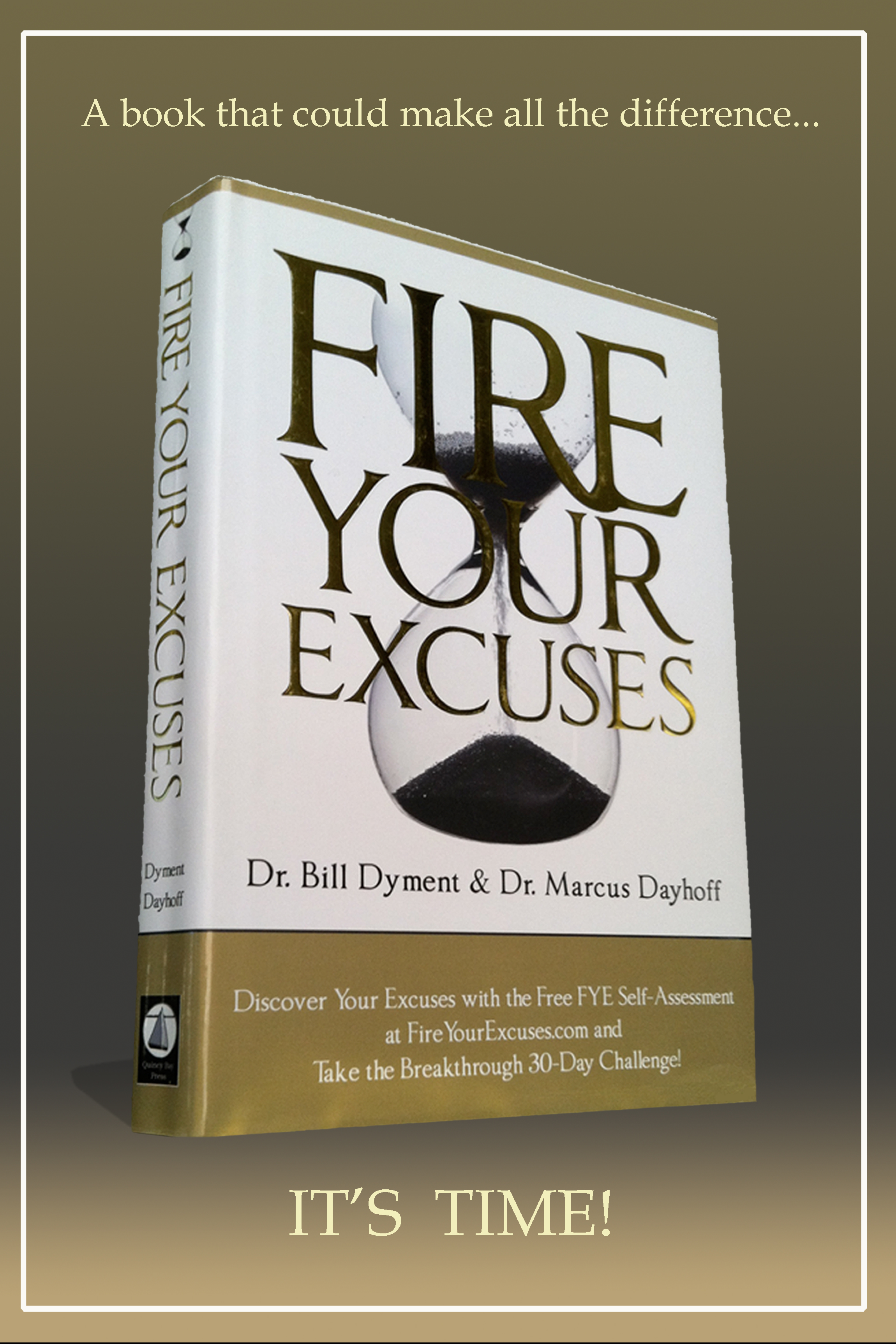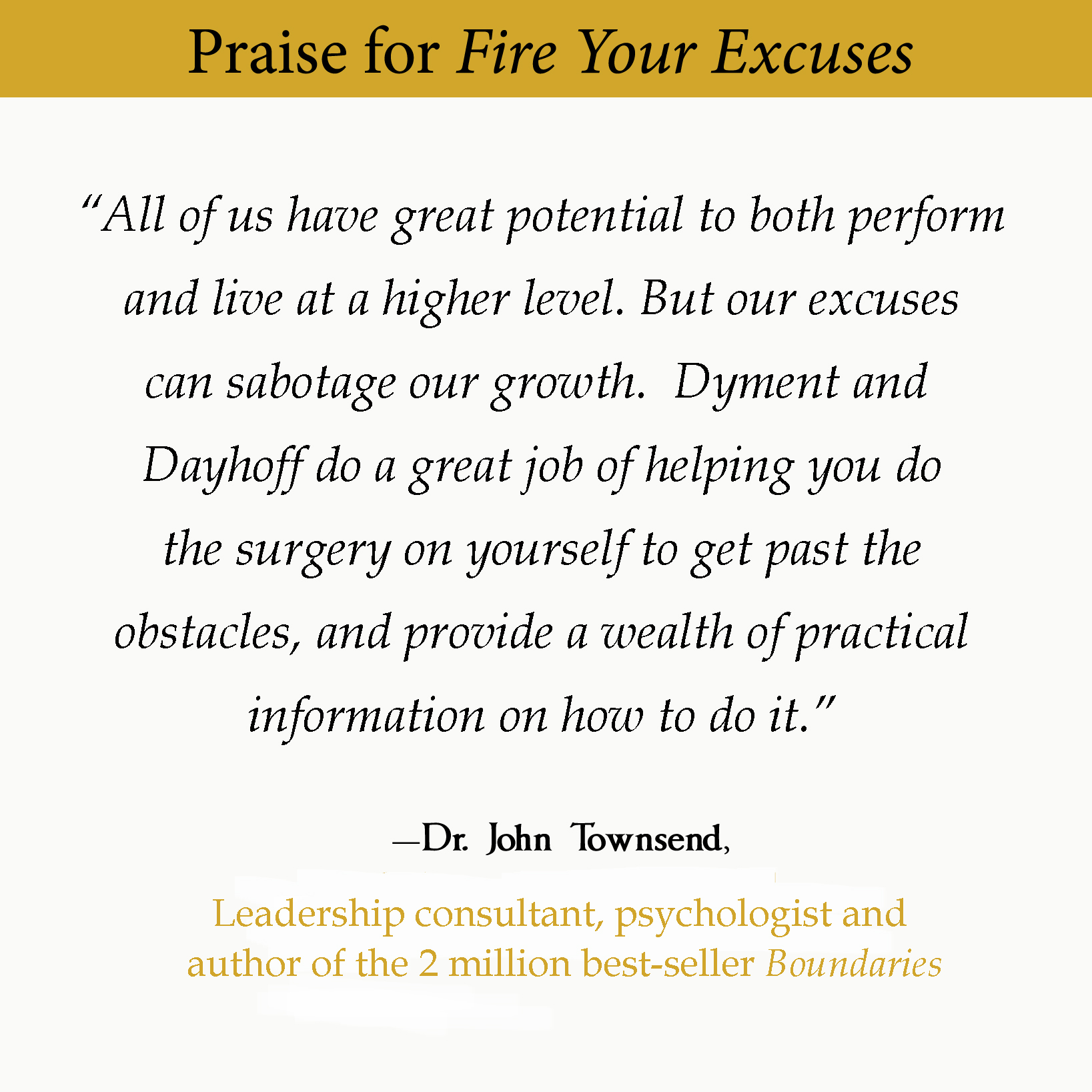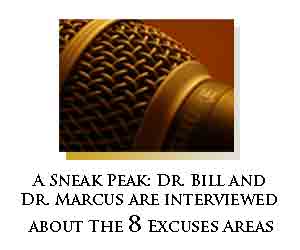Maya Angelou, Poet and Author,
on Her Own Mentoring
Excerpted From Fire Your Excuses
“Mrs. Flowers took me to the library in the black school. The library was probably as large as a telephone booth. It may have had 110 books in it, maybe. She said. ‘I want you to read every book in this room.’ And I found poetry. And I loved it, I just loved it. I had no idea what it would sound like since I had never heard any recited, but I loved it. And I was able to translate it at eight, at nine, at 10. I consider that a lifeline, because finally, when I was about 12-and-a-half, almost 13, Mrs. Flowers—who would allow me to come to her house and she would read to me—when I was almost 13, she said, you will never really love poetry until you speak it, feel it come across your tongue, over your lips.”37
As we move forward in the new year, it is critical to your success that you have a mentor. In our book, we mention the late Lawson Sanders, the senior custodian at our alma mater and affectionally known as “The Colonel.” He was one that especially impacted our lives by his gracious and informal mentorship and embodied one that offered wise counsel and a listening ear—core attributes of a great mentor. Like “The Colonel,” there are potential mentors all around us. Who is yours?
Dr Marcus & Bill


















 Fire Your Excuses™ is delighted to be able to support World Vision’s Well Projects by donating 10% of all gross income to assist the people of Malawi, Africa, with clean water. When you enroll in a Fire Your Excuses™ coaching program, attend one of our seminars, or order our book, you are also giving the gift of life—fresh water to needy communities in Malawi, Africa, the world’s sixth poorest country.
Fire Your Excuses™ is delighted to be able to support World Vision’s Well Projects by donating 10% of all gross income to assist the people of Malawi, Africa, with clean water. When you enroll in a Fire Your Excuses™ coaching program, attend one of our seminars, or order our book, you are also giving the gift of life—fresh water to needy communities in Malawi, Africa, the world’s sixth poorest country.